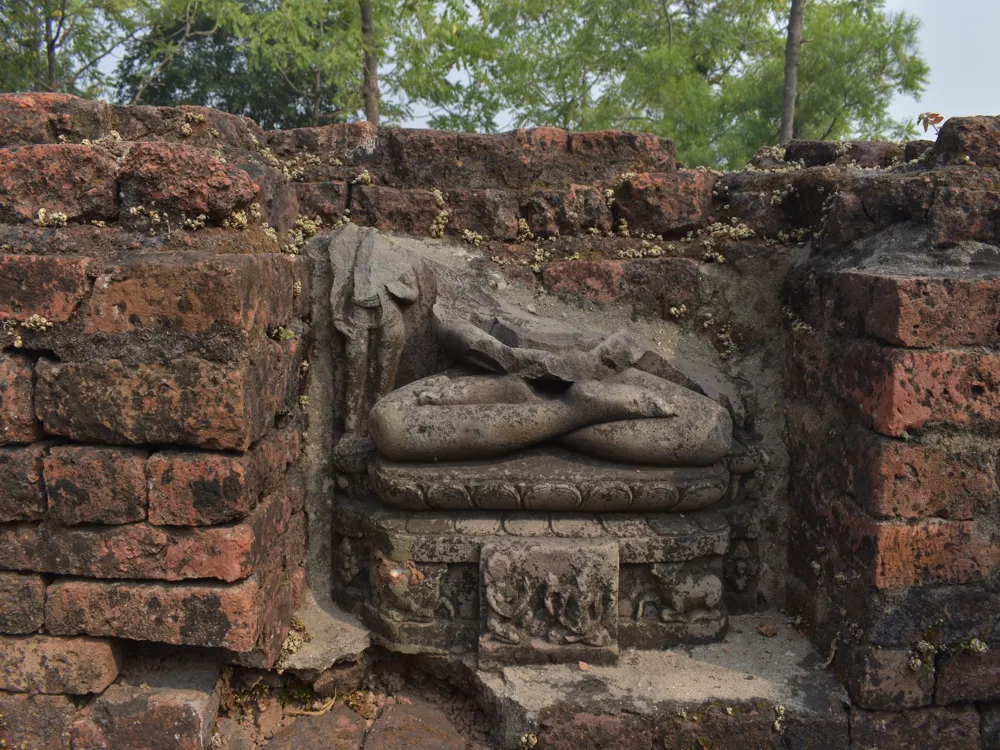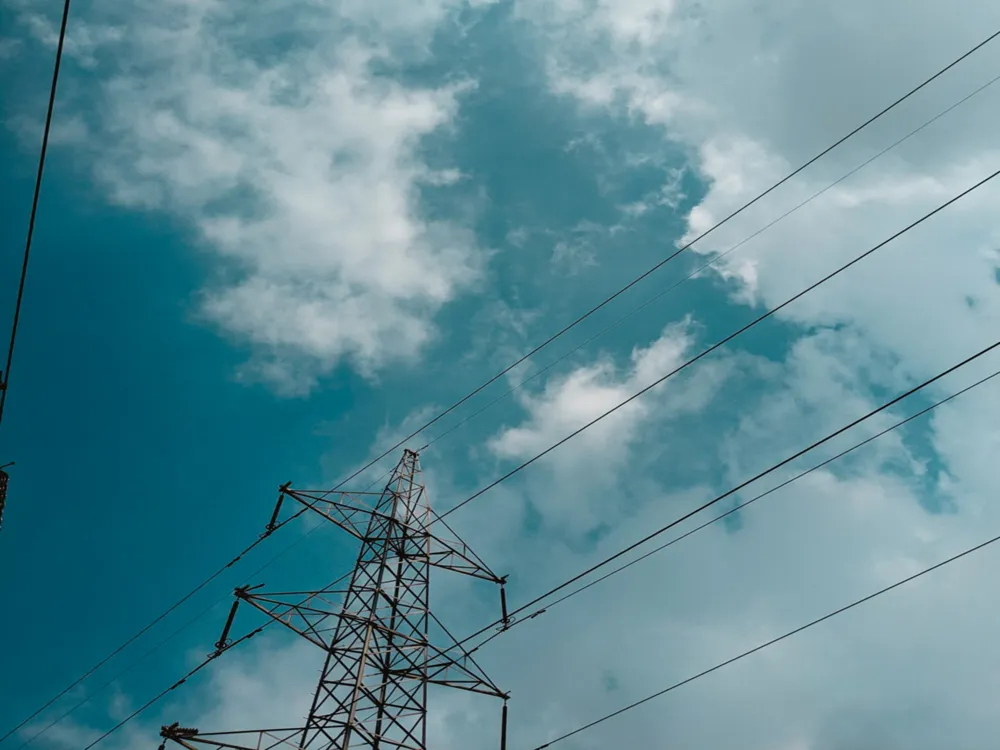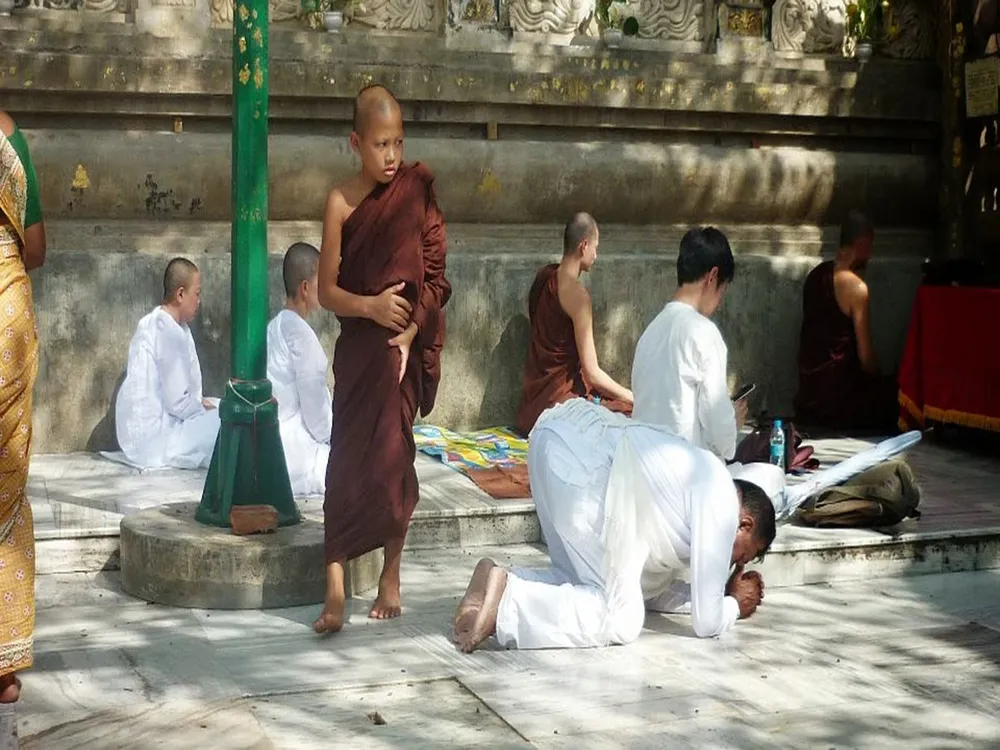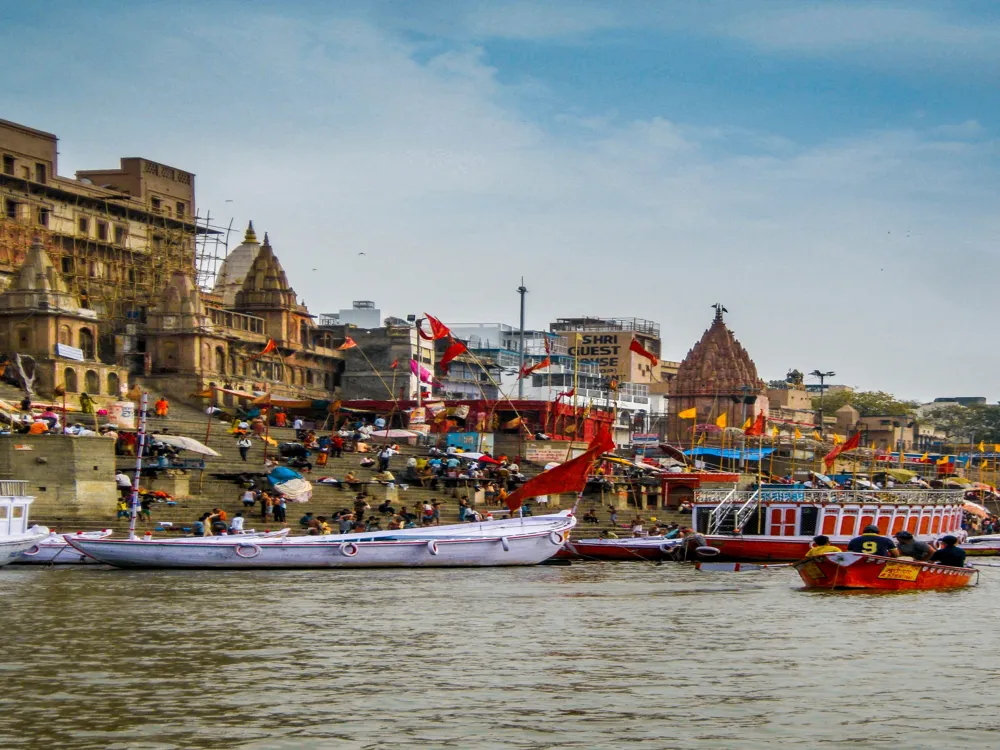Lauriya Nandangarh, located in the West Champaran district of Bihar, is a significant historical site that dates back to the time of Emperor Ashoka, who reigned during the Maurya Dynasty in 3rd century BCE. This site is renowned for its collection of ancient stupas and the Ashokan pillar, making it a treasure trove for history enthusiasts and archaeologists alike. The area is dotted with a cluster of 26 mounds, which are believed to be the remains of Buddhist monasteries, stupas, and other ancient structures. The most prominent feature of Lauriya Nandangarh is the Ashokan Pillar, which stands at a height of about 32 feet. This pillar, made of polished single sandstone, is inscribed with edicts by Emperor Ashoka. These edicts are moral lectures that promote Ashoka's dharma, emphasizing truth, compassion, and religious tolerance. The site's name, 'Lauriya,' is derived from the Hindi word 'Laur,' meaning 'pillar,' and 'Nandangarh' refers to the brick mounds located nearby. Excavations at Lauriya Nandangarh have unearthed a wealth of historical artifacts, including terracotta figures, coins, pottery, and ornaments. These findings provide insight into the daily life, trade, and culture that flourished during the Mauryan period. The site also holds significant importance in understanding the spread of Buddhism in India, as many of the structures and relics found here are linked to Buddhist history. The architecture of Lauriya Nandangarh reflects the ingenuity and skills of the Mauryan period. The stupas, which are the central attractions of this site, are built with a unique style. They have a circular base with a dome-shaped top, known as the Anda, symbolizing the heavens. The Harmika, a square platform on the top of the Anda, represents the abode of the gods. Each stupa is surrounded by a railing or Vedika, with gateways or Toranas at cardinal points. The Ashokan Pillar at Lauriya Nandangarh is a marvel of ancient engineering. It is monolithic, meaning it was carved from a single piece of stone. The polish and precision of the pillar's carving show the advanced techniques used by Mauryan craftsmen. The pillar's top is adorned with a capital, which typically features a sculpture, such as a lion or bull, representing both the might of the emperor and the symbolic representation of Buddhism. Adjacent to the pillar and stupas are the remains of ancient monasteries, which include residential cells, assembly halls, and study areas. These structures were built with bricks and mud, and their architectural style indicates a well-planned design to accommodate the monks and their activities. The monasteries at Lauriya Nandangarh played a crucial role in the spread of Buddhism, serving as centers for learning, meditation, and community gathering. The ideal time to visit Lauriya Nandangarh is between October and March. During these months, the weather is pleasant, with cooler temperatures and less humidity, making it comfortable for exploration and sightseeing. Visitors should remember that Lauriya Nandangarh is not only a historical site but also a place of cultural and religious significance. Maintaining decorum, not littering, and respecting the monuments are essential. Opting for a guided tour can enhance the experience, as knowledgeable guides provide in-depth information about the site's history, architecture, and archeological significance. Photography enthusiasts should visit during the early morning or late afternoon for the best light. Capturing the ancient structures with the soft glow of the sun can result in stunning photographs. Lauriya Nandangarh is well-connected by road and is accessible from various parts of Bihar. The nearest major city is Patna, which is about 150 kilometers away. Visitors can reach Lauriya Nandangarh by taking a bus or hiring a taxi from Patna. For those traveling by train, the nearest railway station is Narkatiaganj, which is approximately 28 kilometers from the site. From Narkatiaganj, local taxis and buses are available to reach Lauriya Nandangarh. Additionally, for international or out-of-state visitors, Patna's airport is the closest, providing connectivity to major cities in India and some international destinations. Read More:Overview of Lauriya Nandangarh, Patna, Bihar
Architecture of Lauriya Nandangarh
Tips When Visiting Lauriya Nandangarh
Best Time to Visit
Respect the Site's Sanctity
Guided Tours
Photography Tips
How To Reach Lauriya Nandangarh
Lauriya Nandangarh
Patna
Bihar
NaN onwards
View patna Packages
Weather :
Tags : Monument
Timings : Anytime
Entry Fee : No entry fee
Planning a Trip? Ask Your Question
Patna Travel Packages
View All Packages For Patna
Top Hotel Collections for Patna

Private Pool

Luxury Hotels

5-Star Hotels

Pet Friendly
Top Hotels Near Patna
Other Top Ranking Places In Patna
View All Places To Visit In patna
View patna Packages
Weather :
Tags : Monument
Timings : Anytime
Entry Fee : No entry fee
Planning a Trip? Ask Your Question
Patna Travel Packages
View All Packages For Patna
Top Hotel Collections for Patna

Private Pool

Luxury Hotels

5-Star Hotels

Pet Friendly
















